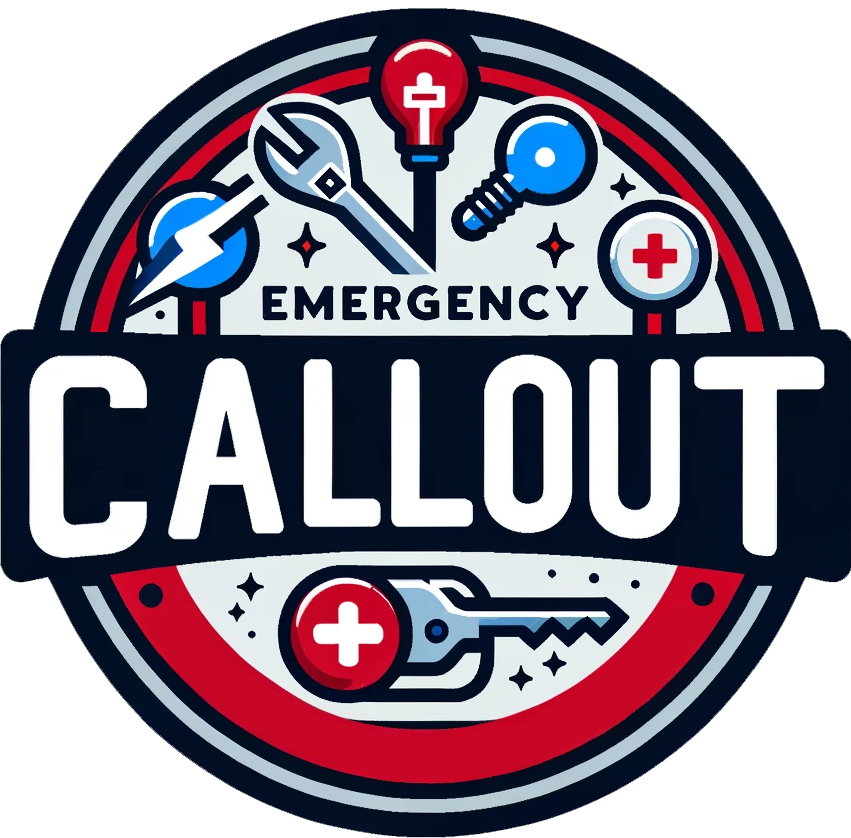Emergency lighting is a crucial aspect of health and safety in the UK. In any public or commercial building, having the appropriate emergency lighting is not only a legal requirement, but it can also make a significant difference in the event of an emergency. Whether it’s for a hospital, medical clinic, or a high-rise office building, having the right emergency lighting can be the difference between life and death.
In the UK, emergency lighting is a requirement under the Regulatory Reform (Fire Safety) Order 2005. This legislation stipulates that all non-domestic premises must have appropriate measures in place to ensure the safety of occupants in the event of a fire or other emergency. This includes the provision of adequate emergency lighting to guide people to safety.
One of the most critical places for emergency lighting is in hospitals and other healthcare facilities. In a healthcare setting, emergency lighting is crucial not only for patients, but also for healthcare professionals who need to navigate the facility quickly and efficiently in the event of an emergency. In addition, hospitals and medical clinics often have specialized areas such as operating rooms and treatment facilities that require specific emergency lighting solutions to ensure the safety and well-being of patients and staff.
Another area where emergency lighting is of paramount importance is in high-rise office buildings. In the event of a fire or other emergency, the ability to quickly and safely evacuate a large number of people from a multi-story building is critical. Properly illuminated escape routes and exits can make all the difference in ensuring a safe evacuation. This is especially vital in urban areas where high-rise buildings are common.
In addition to healthcare and commercial buildings, emergency lighting is also crucial in public areas such as schools, shopping centers, and entertainment venues. In these settings, large numbers of people may be present at any given time, and having proper emergency lighting can help to prevent panic and facilitate a swift and safe evacuation in the event of an emergency.
When it comes to emergency lighting in the UK, it’s essential to ensure that the equipment and systems meet the relevant British and European standards. This includes not only the emergency lighting units themselves, but also the signage and markings that are used to indicate escape routes and fire exits. Employing a qualified and experienced provider of emergency lighting solutions is crucial to ensuring that all legal and safety requirements are met.
In recent years, there have been significant advancements in emergency lighting technology. LED lighting, for example, has become increasingly popular for emergency lighting due to its energy efficiency, long lifespan, and the ability to provide bright, consistent illumination. Additionally, developments in battery technology have led to more reliable and longer-lasting backup power sources for emergency lighting systems.
In the UK, there are also specific requirements for the testing and maintenance of emergency lighting systems. Regular testing and maintenance are essential to ensure that the emergency lighting will function as intended in the event of an emergency. This includes regular battery testing, function testing of the lighting units, and ensuring that all relevant signage is clear, visible, and up to date.
In conclusion, emergency lighting is a critical aspect of health and safety in the UK. Whether it’s in a healthcare facility, a commercial building, or a public space, having the right emergency lighting can make a significant difference in ensuring the safety and well-being of occupants in the event of an emergency. By staying informed of the latest regulations and advancements in emergency lighting technology, building owners and facilities managers can ensure that their emergency lighting systems are up to the task when it matters most.



